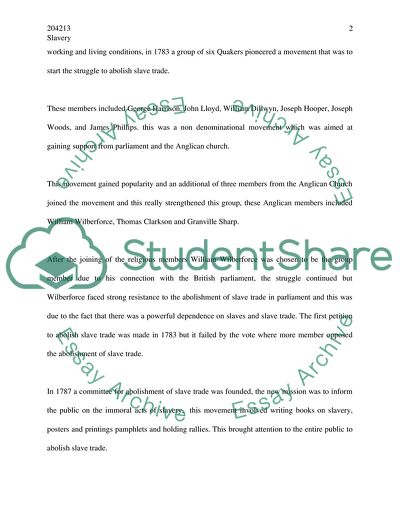Cite this document
(“Rapid Rise of the Movement to Abolish the Slave Trade Essay”, n.d.)
Rapid Rise of the Movement to Abolish the Slave Trade Essay. Retrieved from https://studentshare.org/miscellaneous/1544306-how-would-you-explain-the-rather-rapid-rise-of-the-movement-to-abolish-the-slave-trade-that-led-to-the-act-of-1807-how-big-were-factors-such-as-religion
Rapid Rise of the Movement to Abolish the Slave Trade Essay. Retrieved from https://studentshare.org/miscellaneous/1544306-how-would-you-explain-the-rather-rapid-rise-of-the-movement-to-abolish-the-slave-trade-that-led-to-the-act-of-1807-how-big-were-factors-such-as-religion
(Rapid Rise of the Movement to Abolish the Slave Trade Essay)
Rapid Rise of the Movement to Abolish the Slave Trade Essay. https://studentshare.org/miscellaneous/1544306-how-would-you-explain-the-rather-rapid-rise-of-the-movement-to-abolish-the-slave-trade-that-led-to-the-act-of-1807-how-big-were-factors-such-as-religion.
Rapid Rise of the Movement to Abolish the Slave Trade Essay. https://studentshare.org/miscellaneous/1544306-how-would-you-explain-the-rather-rapid-rise-of-the-movement-to-abolish-the-slave-trade-that-led-to-the-act-of-1807-how-big-were-factors-such-as-religion.
“Rapid Rise of the Movement to Abolish the Slave Trade Essay”, n.d. https://studentshare.org/miscellaneous/1544306-how-would-you-explain-the-rather-rapid-rise-of-the-movement-to-abolish-the-slave-trade-that-led-to-the-act-of-1807-how-big-were-factors-such-as-religion.


